The mill in Kampen received this name for the reason explained below. What happened in 1952 in Kampen was something new. As the owner of the mill "van Heel's Gecondenseerde Melk Maatschappij" wanted to expand its factory, the mill had to be demolished. A huge protest arose from the population. The number of mills in the Netherlands had been decreasing dramatically in this period. This mill was the last one in Kampen!. Alarmed by the reactions, the factory handed the mill over to community of Kampen. A new place for the mill was found at the "Herkenhoofd". This was relatively near the original place and that's why the idea arose to move the mill as a whole. This had not been done ever before. And this is why on april 7th, 1952, the mill was carried - under the eyes of (inter)national watchers - by a transporter with 48 wheels to it's final destiny.
This spectacular action caused the remarkable name of the mill.
The history of d 'Olde Zwarver starts in 1842. In that year, its predecessor burnt down and urgently another mill was built. Written sources about this could not be found until now. In 1865 the mill was sold to Kornelis Reijnders. Difficult times for the mills emerged. First, steam engines that came up did not dependent on wind, secondly, the urbanisation of Kampen with taller building took the wind of the mill's sails. In 1913 a gas turbine was installed in d'Olde Zwarver and after this, the mill was finally operated until 1949. At that time, the mill was sold to the company Kanis en Gunnik by the miller Van der Vegt. The company in its turn sold the mill to the dairy factory and in 1952, the community of Kampen gained ownership of the mill. After the move to the Herkenhoofd, the mill was restaurated in 1952.
During the terrible storm of february 1st, 1953, the mill was damaged, as the sails broke. Again restaurations were necessary. The public noticed that a halt literally meant regression for the mills. In order to retain the mills, it was necessary to keep them rotating, as halted mills underlied damage from bugs. In 1978, the mill was operational again. Due to the volunteering millers, this mill was able to rotate again. Although the mill was looked after, it seemed to be in a poor condition; Longhorn beetles were found. The last restauration was from 1999 till 2001.
During this restauration, Paul Groen did a thorough research about the mill. His findings threw a new light onto the origins of d'Olde Zwarver. On one of the wooden parts of the brake wheel he found an inscription "6 9 1834 geschroot". The brake wheel was scraped when any part of the brakes had to be replaced.
As the brakes last decades, it can be assumed that the mill is much older than 1842. Parts from different types of mills were used in constructing the mill. The windows with vertical stock for example might come from a mill, that was built in the province Groningen.
Is it possible that d'Olde Zwarver stood in Groningen, before it came to Kampen? It could have had something to do with obtaining a loan that nobody told the truth about the age of the mill in 1842. A new mill is much more worth than an old one. It is possible that our old Tramp has been wandering more than we can imagine...